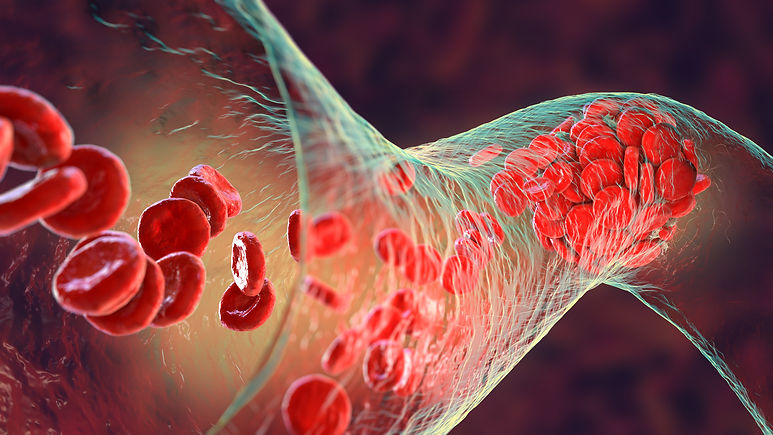
Poor Circulation
What is Poor Circulation?
At some point in your life, you may have experienced a part of your body “falling asleep,” which is usually a result of poor blood flow. Poor circulation doesn’t occur by itself, but is a result of other factors and conditions. Common symptoms of poor circulation include:
-
Tingling and Numbness
-
Coldness
-
Muscle Cramps
-
Swelling
Causes
Understanding the main causes of poor circulation can help prevent it and keep you healthy. Below are some common causes of poor blood flow which usually need to be treated by medical professionals.
Peripheral Artery Disease (PAD)
Peripheral Artery Disease (PAD) is a disease that causes a person’s arteries and blood vessels to become constricted. If untreated, the plaque buildup can cause a heart attack or stroke. PAD is commonly found in people over the age of 50. People who smoke have an increased chance of attaining PAD before 50.
Blood Clots
Blood clots are when blood thickens at certain parts of the body and occur because of poor circulation. Clots bring the flow of blood to a stop, which can be extremely dangerous and lead to a stroke, heart attack, or even death.
While some forms of poor circulation require a medical professional, most cases of poor blood flow can be resolved by making changes to your daily routine. If you are concerned about having poor circulation, speak to your doctor or cardiologist to see what the right routine is for you. They may suggest the following:
-
Exercise: Having an active lifestyle is a great way to avoid poor blood flow and increase circulation. Even walking a few times a week can increase blood flow and create new blood vessels in the legs.
-
Hydrate: Your blood retains sodium while dehydrated, making it more difficult for blood to circulate properly throughout the body. Drinking 10 – 16 cups of water a day will keep you hydrated and keep your blood flowing properly.
-
Eat Healthily: Watching what you eat is an important part of staying healthy and improving blood circulation. Foods such as whole grains, green vegetables, and fatty fish are good for your heart and will assist your overall blood flow.





